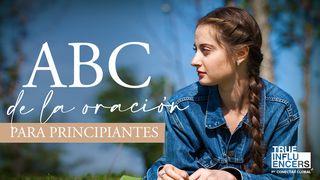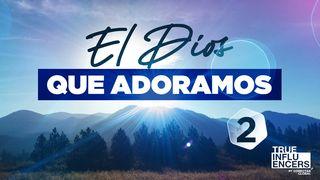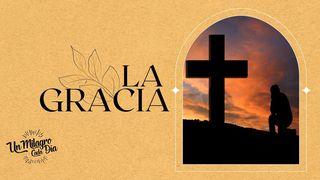Delve Into Covenant History Muestra

DAY 9 – RUTH
The short book of Ruth provides an essential connection between the two major parts of the Covenant History. The first part, Genesis through Judges, focuses on how the people of Israel became a nation, and it centers on the covenant God made with them through Moses at Mount Sinai. The second part, Samuel–Kings, tells the story of the nation’s monarchy. It centers on the covenant God made with David as the head of Israel’s royal line. The transitional book of Ruth appropriately begins “in the days when the judges ruled” and ends with the genealogy of David.
The book appears to have been written originally to defend David’s right to be king over Israel. David was the great-grandson of a Moabite woman named Ruth. But because the people of Moab didn’t help the Israelites when they came out of Egypt, the law of Moses forbade any descendant of a Moabite from “entering the assembly of the Lord,” down to the tenth generation. If such a person couldn’t even join in the life and worship of the community, how could they serve as king? The book of Ruth tells the story of David’s great-grandmother, showing that she was a woman of true faith in the God of Israel. Behind the covenants with Moses and David was God’s covenant with Abraham, which promised that “all peoples on earth” would be blessed through his descendants. Ruth’s faith was evidence that this promise was being fulfilled, and so she and her descendants were to be welcomed into the community, on the basis of this covenant promise and of their faith.
The book of Ruth is very much like a drama or stage play. Much of the information comes from the characters themselves. After a prologue that sets the stage in time and place, it presents scenes that each feature a short narrative introduction and then dialogue between the characters. At the end of the book there’s a ten-generation genealogy that culminates in David. Thus the form of the book mirrors its purpose, which is to show that genuine faith was present in a woman from a nation whose descendants were ordinarily excluded from Israel for ten generations.
While the book of Ruth served this practical purpose in the time when it was written, and while it now has an important structural function within the covenant history, the story it tells also grants us insights into how God’s purposes are accomplished in the world. Ruth and Naomi are rescued from peril and brought to a place of security and hope through the interplay of three factors. First, there are the merciful laws that God gave to Israel through Moses, such as those that allow the poor to collect grain in the fields, and those that require families to care for the widows of close relatives. Next, there’s personal goodwill, such as the kindness Boaz shows to Ruth, in recognition of the kindness she has already shown to Naomi. Finally, the book also shows God’s providential intervention: Ruth “happens” to glean in the field of Boaz, the closer kinsman “happens” to pass by just as Boaz reaches the city gate, and so forth.
The book’s initial readers are being invited to think about how these factors all work together, and then to play their own part in God’s purposes by being people of kindness and goodwill. They’re meant to realize that God’s protective shelter over Israel, in his laws and providence, isn’t meant to keep others out, but to provide them refuge. And the book still encourages readers in all places and times to be part of what God is doing through his laws and providence, through their own kindness and generosity to others.
PRAYER: Lord, we see Your hand at work in the story of history. Thank You for orchestrating the events that led to the salvation offered in Christ.
Escritura
Acerca de este Plan

The Old Testament is filled with unfamiliar places and names and tells a story that is impossible to understand. Actually, that’s not true. Yes, there are plenty of unfamiliar names, but the it all makes sense – once you know the context and the background. This reading plan gives you a brief overview that will help you read and appreciate God’s story
More
Planes relacionados

Que El Mundo Crea

1 Tesalonicenses: Modelos a imitar

Confiando en Los Propósitos De Dios

Testigos Del Milagro: La Primera Navidad
Marcas De Un Discípulo

ABC De La Oración ... Para Principiantes.

ABC De La Biblia Para Principiantes

¡Levántate! 7 Claves Para Levantarte Y Seguir.

El Dios Que Adoramos 2
